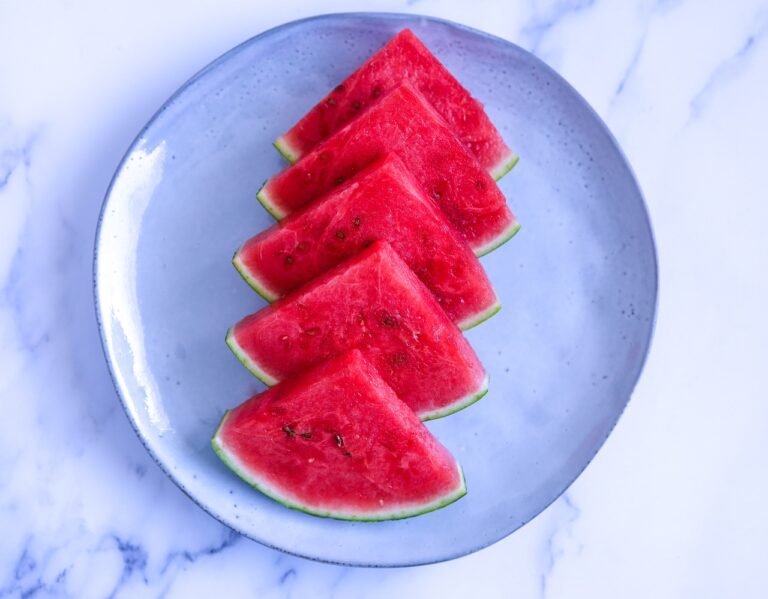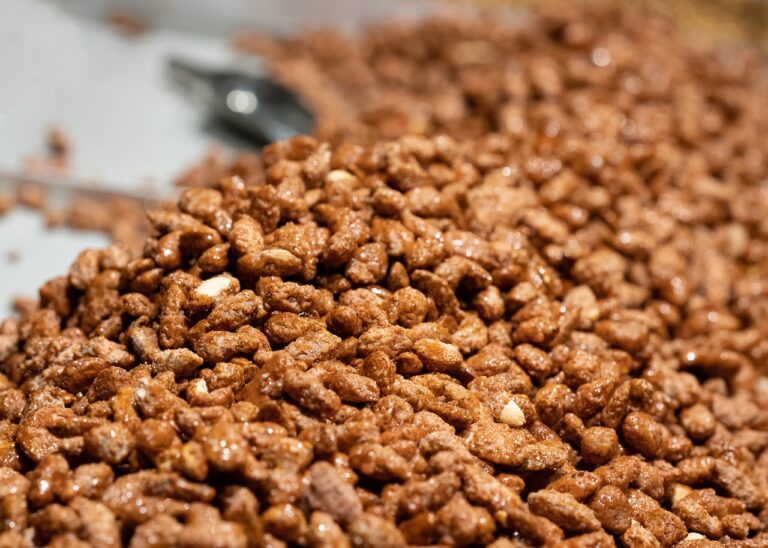Exploring the Keto Diet: A Comprehensive Guide
The ketogenic diet, or keto diet for short, is a high-fat, low-carbohydrate eating plan that has gained popularity in recent years for its potential health benefits. The main goal of the keto diet is to switch your body’s primary fuel source from carbohydrates to fats, thereby putting your body into a state of ketosis. Ketosis is a metabolic state in which your body burns fat for fuel instead of glucose, which can lead to rapid weight loss and other health benefits.
How Does the Keto Diet Work?
When you restrict your carbohydrate intake on the keto diet, your body is forced to use stored fat as its primary source of energy. This process results in the production of ketones, which are used by your body as fuel in the absence of glucose. By following a high-fat, low-carb diet, you can train your body to become more efficient at burning fat and ketones, leading to weight loss and improved health outcomes.
Benefits of the Keto Diet
There are several potential benefits of following the keto diet, including:
- Rapid weight loss
- Improved blood sugar control
- Reduced inflammation
- Increased energy levels
- Improved mental clarity and focus
- Lowered risk of chronic diseases like diabetes and heart disease
Is the Keto Diet Safe?
While the keto diet has been shown to be safe and effective for many people, it may not be suitable for everyone. It is important to consult with a healthcare provider before starting any new diet plan, especially if you have underlying health conditions or are taking medications that could be affected by changes in your diet.
What Can You Eat on the Keto Diet?
The keto diet involves eating high-fat, moderate-protein, and low-carb foods. Some examples of foods that are commonly consumed on the keto diet include:
- Avocados
- Coconut oil
- Butter
- Fatty fish like salmon
- Eggs
- Leafy green vegetables
- Nuts and seeds
- Healthy oils like olive and avocado oil
Sample Keto Diet Meal Plan
Here is an example of a one-day keto meal plan to give you an idea of what a typical day on the keto diet might look like:
Breakfast:
Scrambled eggs with spinach and avocado
Lunch:
Grilled chicken salad with olive oil dressing
Snack:
Handful of almonds
Dinner:
Salmon with asparagus and butter sauce
Frequently Asked Questions (FAQs)
1. Is the keto diet safe for everyone?
The keto diet may not be suitable for everyone, especially those with certain health conditions or dietary restrictions. It is always best to consult with a healthcare provider before starting any new diet plan.
2. How quickly can I expect to see results on the keto diet?
Results on the keto diet can vary depending on factors like your starting weight, metabolism, and adherence to the diet. Some people may see results within a few weeks, while others may take longer to notice changes.
3. Can I exercise while on the keto diet?
Yes, you can still exercise while following the keto diet. It is important to stay hydrated and listen to your body’s signals to ensure you are fueling your workouts properly.
4. What are some common side effects of the keto diet?
Some common side effects of the keto diet include initial fatigue, muscle cramps, and bad breath. These side effects are typically temporary and can be managed with proper hydration and nutrition.
5. How long should I follow the keto diet?
The length of time you should follow the keto diet depends on your health goals and preferences. Some people choose to follow the keto diet long-term, while others may use it as a temporary weight loss tool.







